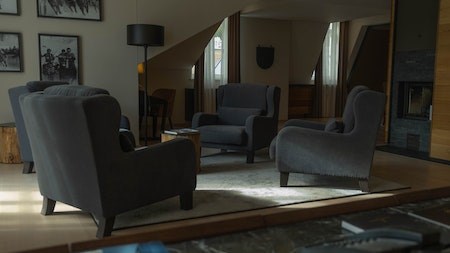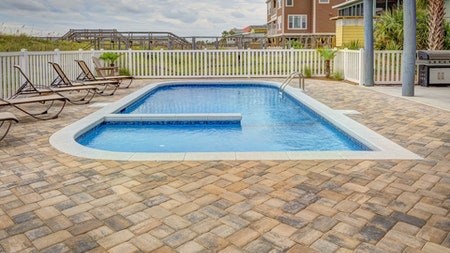Mould and damp in a home are more than just unsightly annoyances. Living in a property affected by black mould and heavy condensation can negatively affect your finances and health.
Mould and dampness are the result of excess moisture in a building. The problem is caused by several factors, such as leaking water pipes, rising damp, or rain seeping in due to damage around window frames or damage to the roof. Excess moisture indoors can also be caused by condensation on windows.
Tell-tale signs of damp problems include a musty smell when the home has been closed for a few hours and mould on walls, curtains, blinds, and inside cupboards. In extreme cases, you could even see mushrooms or other fungi appearing in various spots.
Damp can cause costly damage to the property's structure, such as plaster, brickwork, and wood, which can disintegrate when wet for long periods. It can also ruin furniture, causing the wood to swell, as well as staining cushions and upholstery fabric.
Ignoring mould can harm both you and your home. Moulds produce irritants and allergens, which can cause allergic reactions - and sometimes toxic substances. Inhaling or touching mould spores may cause allergic reactions such as sneezing, runny noses, red eyes and skin rashes. Mould can also trigger serious asthma attacks.
Causes
If you have mould or damp, you need to find the cause before you can take steps to remedy the problem. You may be able to remove it yourself if the problem is not too severe. However, getting a professional to deal with serious mould or damp is best.
The three leading causes of damp and mould are condensation, penetrating damp and rising damp.
- Condensation is caused by water vapour and is generated by household activities like cooking, showering and bathing.
- Penetrating damp is when an external source of moisture finds its way indoors through a fault, such as cracked brickwork.
- Rising damp is when the walls or floors absorb moisture from the ground.
Mould can sometimes form when the silicone seal around baths, basins and sinks fails. In this case, you may be able to solve the problem by removing the old silicone and carefully replacing it with new silicone.
If structural issues cause the damp, the leak will need to be repaired before professionals do extensive damp-proofing work. This involves spraying chemicals to kill the mould and then applying waterproofing agents.
If you suspect you have mould or damp in your home, it’s best to attend to the problem as soon as possible. Leaving the problem just makes it worse and potentially even more costly to fix because of the damage these issues can cause.
Writer : Sarah-Jane Meyer




